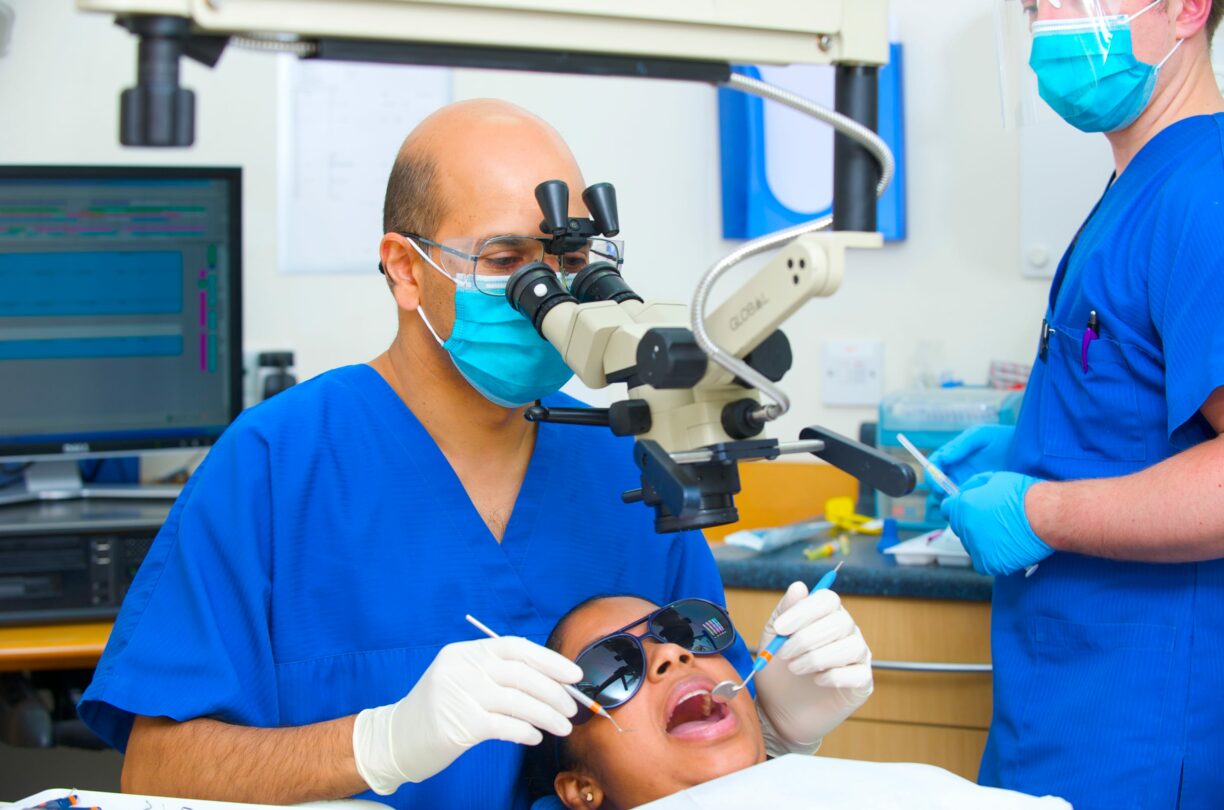After childbirth, many women encounter diastasis recti—a condition marked by the separation of abdominal muscles. This occurrence can lead to postpartum discomforts like back pain.
However, there are targeted exercises that can aid in fortifying your core and rectifying abdominal separation. Let’s delve into these crucial steps!
Understanding Diastasis Recti:
Diastasis recti entails the parting of the rectus abdominis muscles that extend along the abdominal midline. This separation emerges when the linea alba—the connective tissue uniting the abdominal sides—undergoes excessive stretching during pregnancy, lacking ample time for proper recovery.
This condition is more prevalent among women who undergo multiple pregnancies or those who omit regular prenatal exercise. Diastasis recti can result in back pain, destabilized pelvic area, and diminished core strength.

Effective Solutions to Address Diastasis Recti:
The promising news is that resolving diastasis recti is attainable. Here are three pivotal actions you should consider:
- Prioritize Healing – Prior to engaging in any exercise regimen, ensure complete recovery from childbirth. This step guarantees that your body can withstand exercise strain without aggravating existing injuries or hampering the recovery process.
- Strengthen Core Muscles – Once you’re prepared for physical activity, concentrate on enhancing your core muscles using exercises such as plank variations, reverse crunches, and leg lifts. During these routines, maintain neutral pelvis alignment to avert exacerbating any prevailing abdominal separation.
- Embrace Optimal Posture – Enhancing your posture can alleviate back discomfort stemming from diastasis recti and enhance overall fitness outcomes from various exercises. Maintain an erect stance with shoulders retracted and abdomen engaged throughout your day.
This practice contributes to the gradual strengthening of both back and abdominal muscles.
Numerous methods exist to bolster your postpartum core through abdominal separation exercises, without worsening existing problems or endangering yourself through incorrect form or technique.
By adhering to a concise regimen—initiating healing, bolstering core muscles via planks, crunches, and leg lifts, and refining posture—you’re well on your way to achieving a more robust core!
It is important to consult a medical professional prior to embarking on any new exercise routine to ensure personalized guidance and safety. Take the first step towards enhancing your core strength and overall well-being today.





